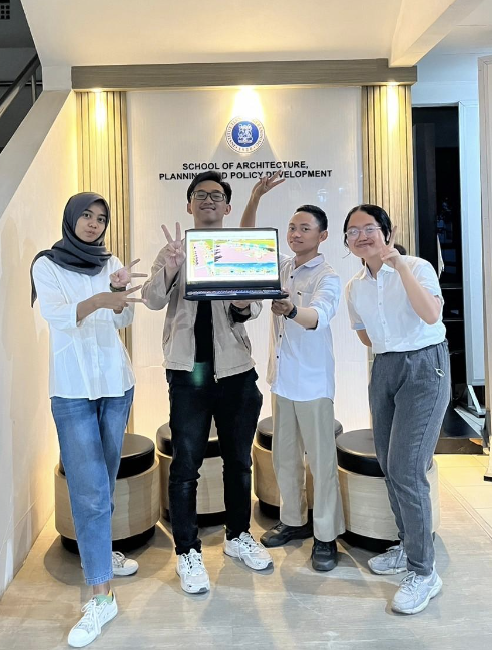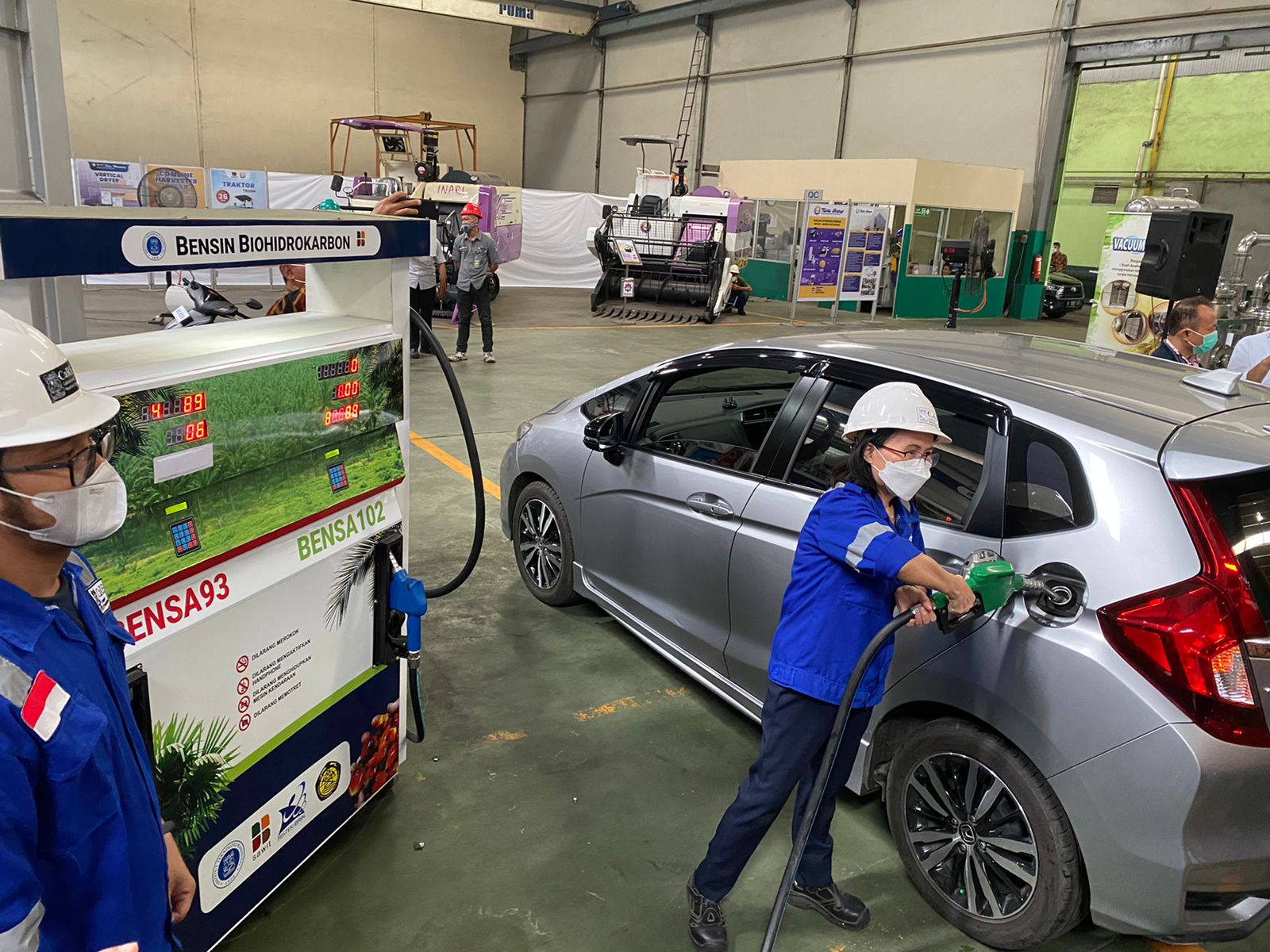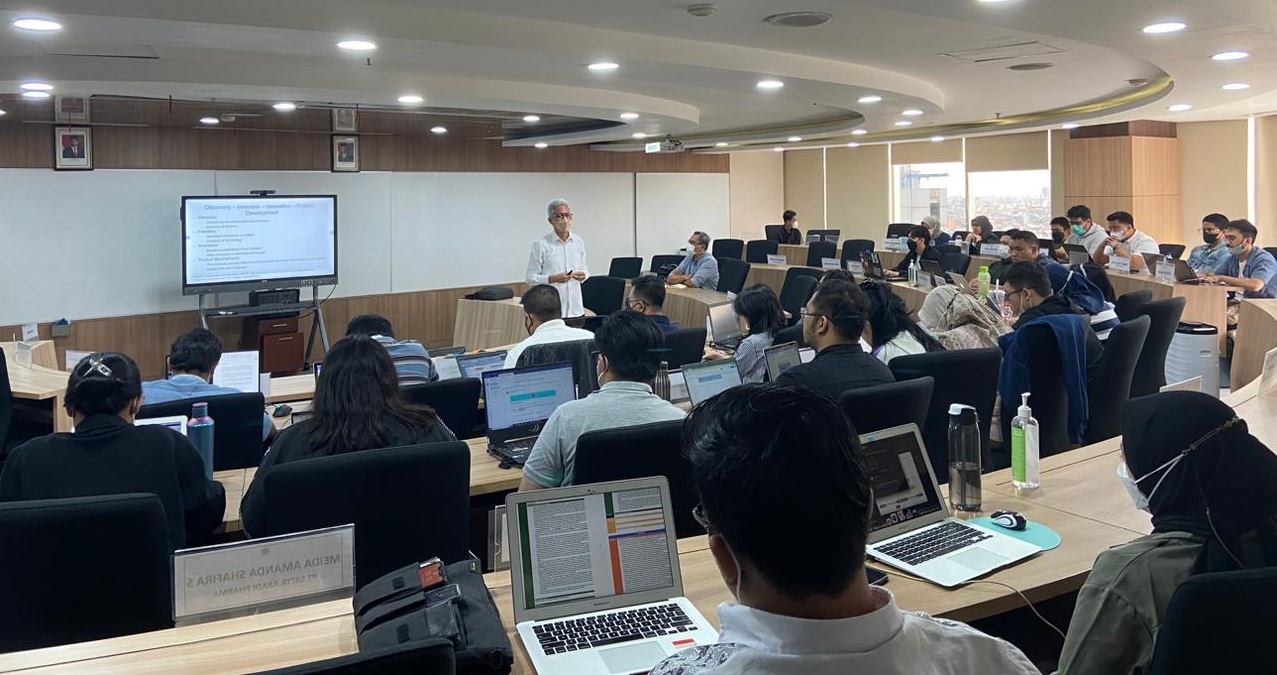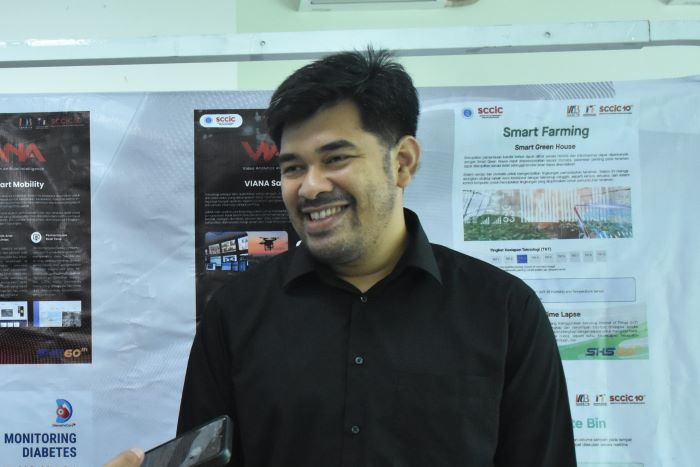ITB TakTis Team's Innovative Design Ideas for Binjai Terminal: A Combination of Sustainability, Local Culture, and the Latest Technology
By Anggun Nindita
Editor Anggun Nindita

BANDUNG, itb.ac.id — Four students representing Urban and Regional Planning of the Institut Teknologi Bandung (URP ITB) won the UK Pacts Future Cities Competition: Reimagining Terminal Binjai Design Competition on Wednesday (28/3/2024). Competing students were Anugrah Ambia (15421095), Muhammad Farhan Adam (15421078), Salma Sari Juliani (15421101), and Yohana Aprilianna (15421056).
This competition is a collaboration between the UK PACT Future Cities and the North Sumatra Provincial Transportation Office through the Inclusive and Low Carbon Transportation Program run by Stockholm Environment Institute, York University, Clean Air Asia, Pustral UGM, and UN Environment Programme.
The main purpose of this competition is to invite participants to explore innovative ideas through design, which can lead Binjai Terminal into a more inclusive and environmentally friendly area, including opening access to public transportation.
"In the department of urban and regional planning, we study urban design and transportation and we are interested in applying our knowledge through this competition. The concept of tactical urban design or tactical design is quite interesting and challenging in creating an effective and efficient design," said Farhan.

During the competition, the TakTis Team presented their main solution with the theme Eco-Neo Vernacular. Eco means the involvement of the environment to produce sustainable buildings, while Neo Vernacular means the existence of modern works that maintain the characteristics of local culture.
Furthermore, Ambia explained that the chosen concept is expected to be in line with the local needs. To achieve that, the TakTis Team had to explore the environmental characteristics and context of the local community. With limited access to direct surveys, the TakTis Team relies on secondary data such as design briefs and transect walks from the organizer as well as other online data.

"We tried to break down the main issues from spatial, social, as well as its financial aspects to see the correlation with the assessment criteria in order to design alternative solutions that are effective, appropriate, contextual, feasible, and still based on the organizer’s Tactical Urbanism concept," said Ambia
Design strategy proposed by the TakTis Team includes:
1. Maximizing the use of available space
2. Recycled products
3. Using a biophilic design approach
4. Integrating pedestrian paths and traffic signs
5. Inclusivity for people with disabilities
6. Culturally appropriate for Binjai City
7. Adapting the latest technology
8. Clean and safe
9. Passengers facilities
10. Cost efficiency
11. Collaborative work
"The most memorable experience is during the design process because we just happened to finish our site course and are able to implement what we learned in class to this competition, not to mention, our teamwork, " Salma concluded.
Reporter: Yohana Aprilianna (Urban and Regional Planning, 2021)
Translator: Kezia Hosana
Editor: Hanifa Juliana (Urban and Regional Planning, 2020)

.jpg)

.jpg)
.jpg)
.jpg)


